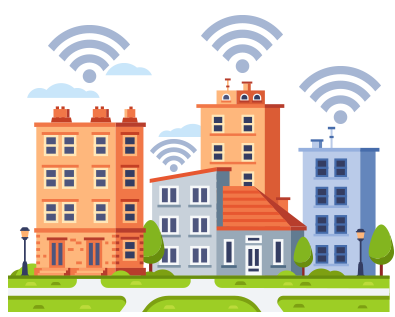
Routing devices are essential devices that manage traffic between the internet and local networks. They link various units to the internet and enable them to interact with each other. One major advantage of routers is their capability to offer both cabled and wireless links, making them flexible for various setups. However, the disadvantage is that not every routers are created equal; some may not handle high load effectively, leading to reduced velocity and potential downtime.
Network switches, on the contrary, are used to connect multiple units within a local network. They function by collecting data units and sending them to the appropriate devices. The main advantage of switches is that they enhance network efficiency and speed by minimizing traffic. However, they do not provide internet access on their own, which means they must be used in combination with a router. This requirement can increase complication to the network architecture and increase costs.
Access nodes broaden the Wi-Fi range of a network, allowing individuals to original site link to the internet from various areas within a structure or campus. The main benefit of access points is their capability to eliminate dead zones, guaranteeing that all users has availability to a reliable websites signal. However, they can be costly and may need additional setup to integrate seamlessly with existing networks. Users must also think about the placement of access nodes to maximize Website range and efficiency.
Finally, modulation devices play a crucial function in providing internet connectivity by converting signals from the internet service supplier into here a configuration that devices can interpret. They often arrive with built-in routing devices, but standalone modulation devices are also available. The advantage of using a modulation device with an integrated routing device is convenience and lessened equipment clutter. On the contrary, the combined devices may not provide the same performance levels as individual units, especially in high-demand environments. By assessing the strengths and weaknesses of every equipment type, users can select the optimal combination to create an effective and reliable internet setup.